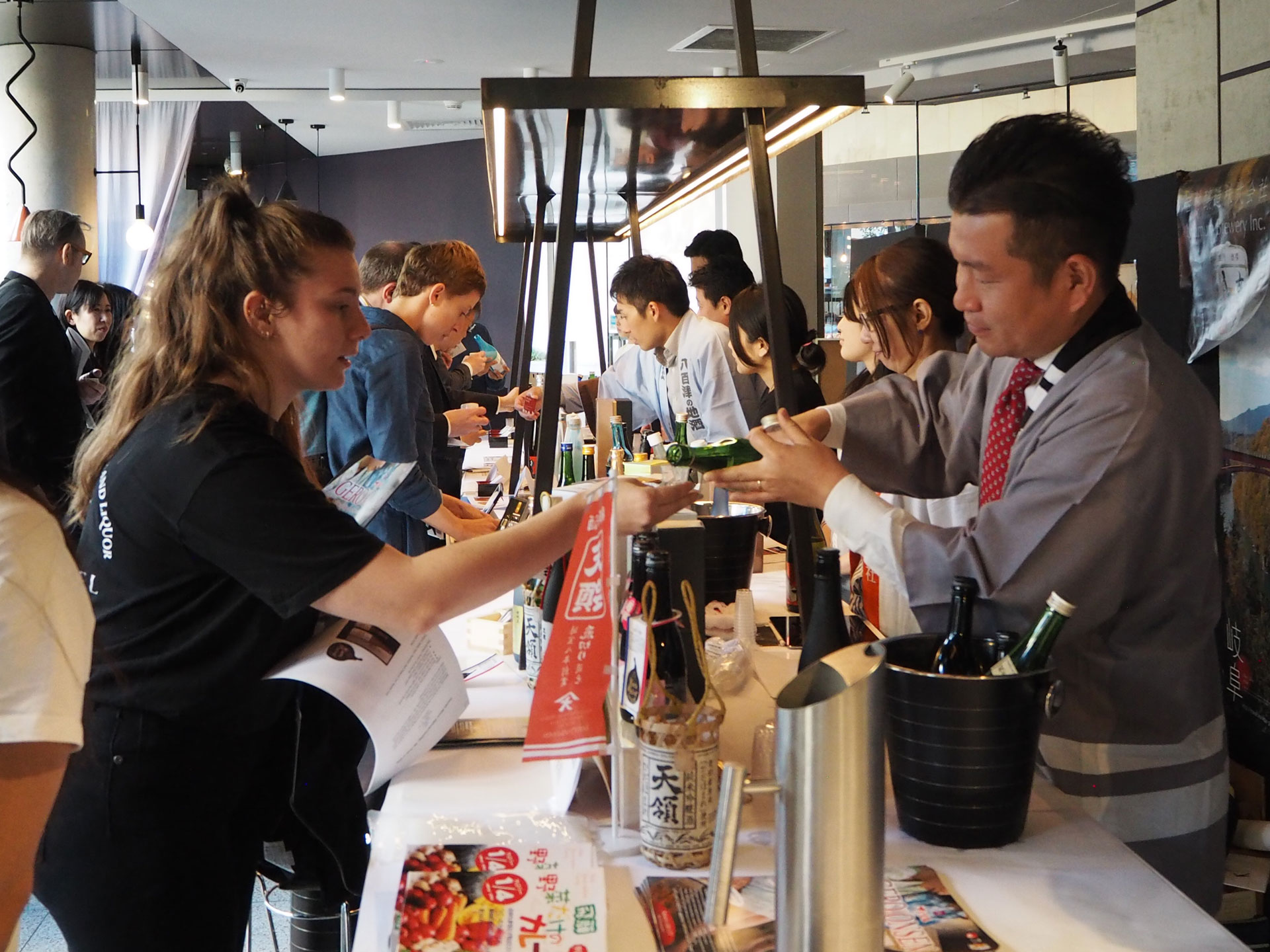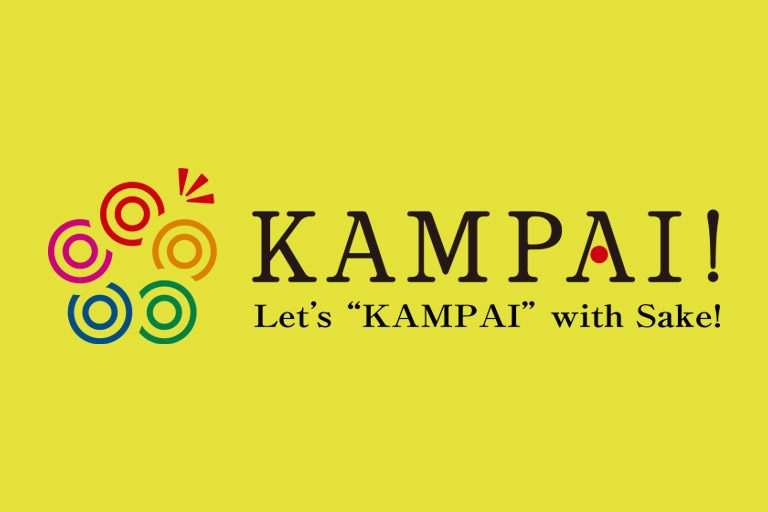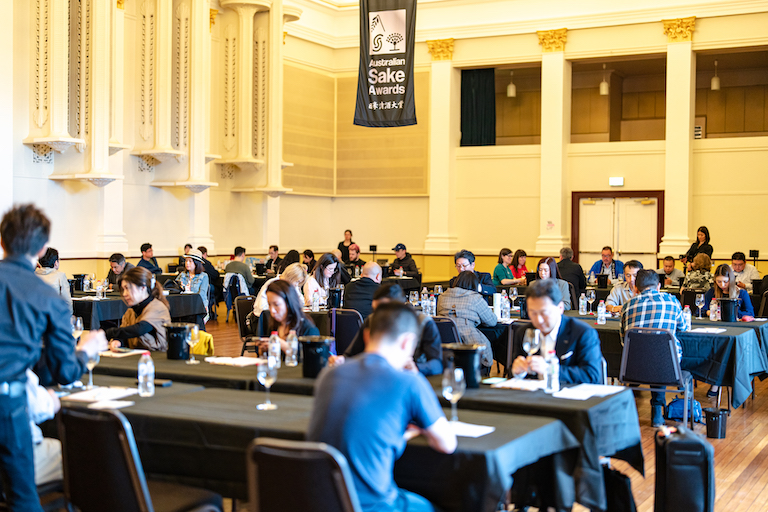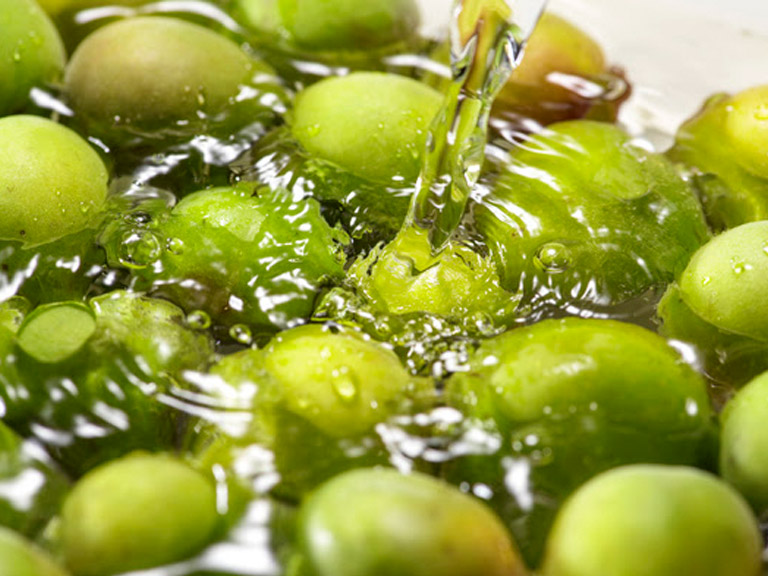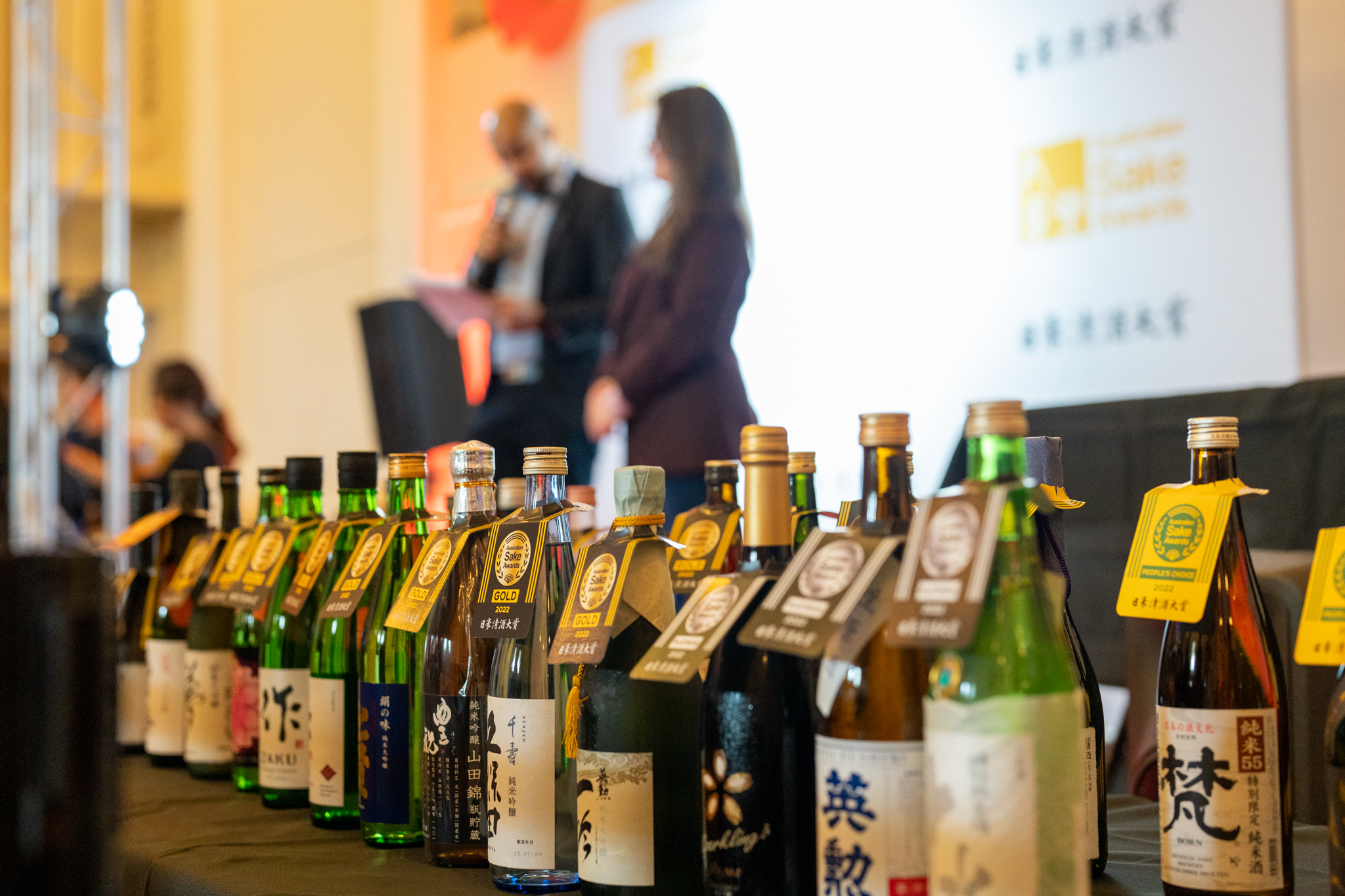We at Sake News were honoured to support for 5 incredible saké kuras (breweries) as they visited Sydney to showcase their saké and teach us more about Gifu Prefectures unique produce.
Gifu Prefecture, is a landlocked area in central Japan which is fast becoming the destination of choice for many Australian and international tourists. Famous for its clean water, Hida Beef, mountain onsen, snow fields and of course incredible sake; the region is a figurative goldmine for travellers seeking adventure and traditional Japanese culture.
Our 5 producers (Tenryou Shuzo, Iwamura Shuzo, Miwa Shuzo, Komachi Shuzo and Yamada Shoten) brought with them a wide variety of locally made saké from Daiginjo, Sparkling and even the thickest Nigori (cloudy) saké being made; Mr Kenjo Miwa from Miwa Shuzo jokingly reminded everyone it wasn’t cream.
Tenryou Shuzo
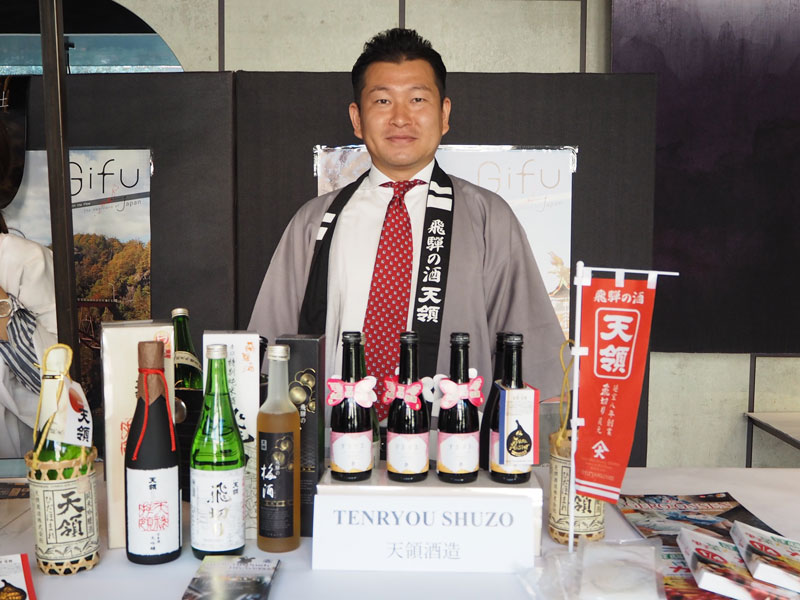
We first spoke with Mr. Matasuke Uenoda who is the 9th generation owner of Tenryou Shuzo. Tenryou Shuzo was founded in 1680, originally selling saké alongside with everyday groceries before transitioning to exclusively saké in their Gero City brewery.
Mr. Uenoda said it was his first time in Australia and that Tenryou was excited to visit export opportunities due to the current fall in Japans domestic consumption; they are also focusing on creating better education and expanding to tourists with English brewery tours. We were lucky enough to try a number of saké including their new sparkling release which they flagged as an emerging market trend.
Our review will focus on their renowned Junmai Ginjo “Pride Of Hida”:
their Junmai Ginjo uses a local rice Hidahomare and 100% spring water and we must say the presentation is outstanding; wrapped in a beautiful straw weave.
Nose: very clean and balanced with soft floral notes; you can it’s a very smooth saké.
Palate: light and effervescent with a great mild umami flavour adding a bit of weight. The brewery suggests this with teriyaki and we agree.
Iwamura Shuzo
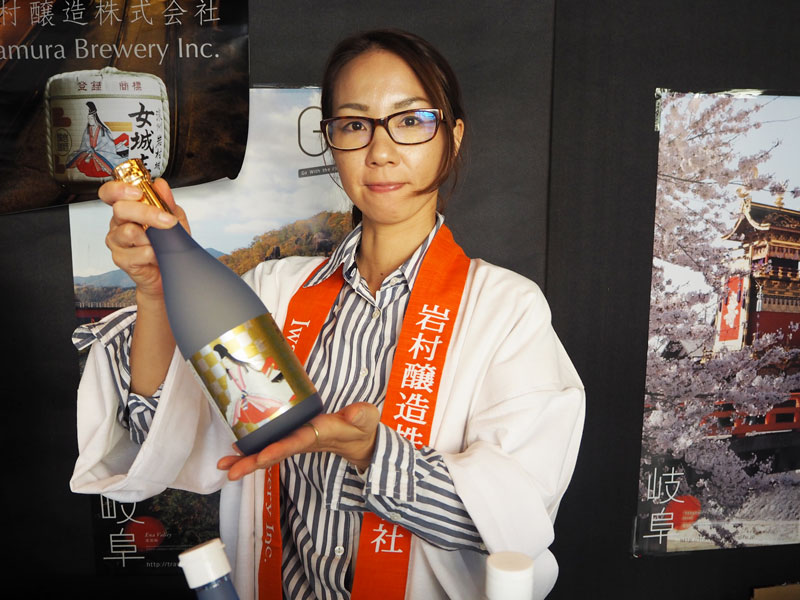
Our next guest was Ms. Kanako Shimada from Iwamura Shuzo who began by introducing us with their Daiginjo as she told us more about their breweries history; established 1787 in the small town of Ena with a strong value on using local products. Ms. Shimada explained Iwamura breweries aim of promoting saké in Australia and to help create more understanding of saké (we agree, the best way to learn is through tastings).
While Iwamura does have a focus on traditional saké flavours, they have also seen a market change recently and have released a premium Yuzushu (yuzu infused alcohol) using their breweries famous saké as a base. Yuzushu and Umeshu has surged in popularity however most producers use a spirit base since it’s cheaper.
Iwamura Yuzushu:
Nose: light and smooth; the saké base really brings out a fresh yuzu citrus aroma.
Palate: very smooth and mellow then finishing on a pleasant, lingering fresh yuzu flavour. Would be a fantastic aperitif. Unfortunately Iwamura Shozu does not yet offer tours (hopefully in the near future) but we would be reminisce in not mentioning their virtual tour available from their website.
Yamada Shoten
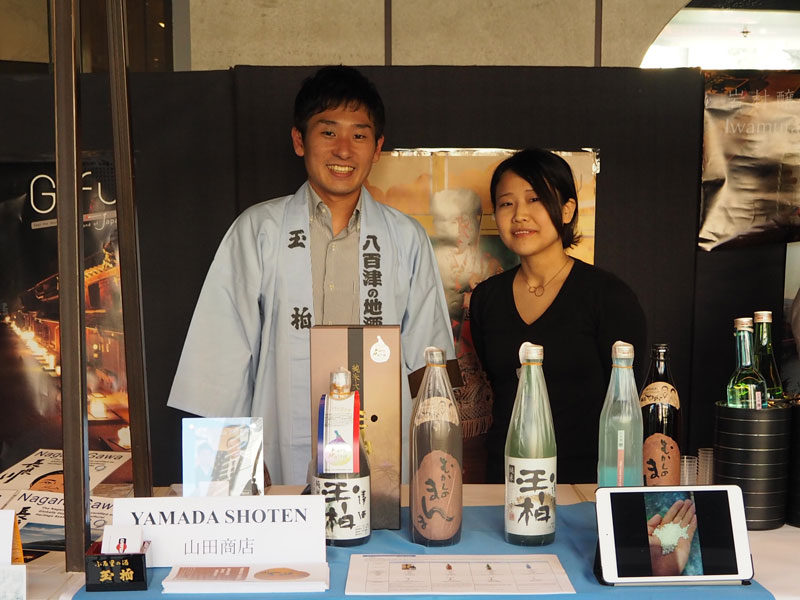
Our next brewery is one some Australian’s may already be familiar with; Yamada Shoten (established 1868) who was represented by their vice president Kazuhiko Yamada, this is because Yamada Shoten’s Tokubetsu Junmai is already available here through Supersake (we hope to see the rest of their range soon).
We were shown photos of the brewery when we asked if they offer any tours and while there is no English tours offered currently, Mr Yamada simply smiled saying they do not receive a lot of tourists as its “not a tourist area” and “just a river and a mountain”; the photos showed some of the most breathtaking natural wilderness we have seen, the scenery is absolutely gorgeous with clear flowing water and the lush greenery of the forest. Admittedly we all had a chuckle since our first thought by not a tourist area was it was an industrial area.
Yamada Shoten Tokubetsu Junmai “Everlasting Roots”:
Yamada Shoten is incredibly proud of their 150 year history, especially since everything is handcrafted and they only produce a small number of saké bottles a year; this Tokubetsu Junmai also uses local Hidohomare rice and is designed as something to match with everyday foods and flavours.
Nose: smooth and clean with a mild creaminess.
Palate: very mellow with a soft warming finish, dangerously drinkable.
Komachi Shuzo
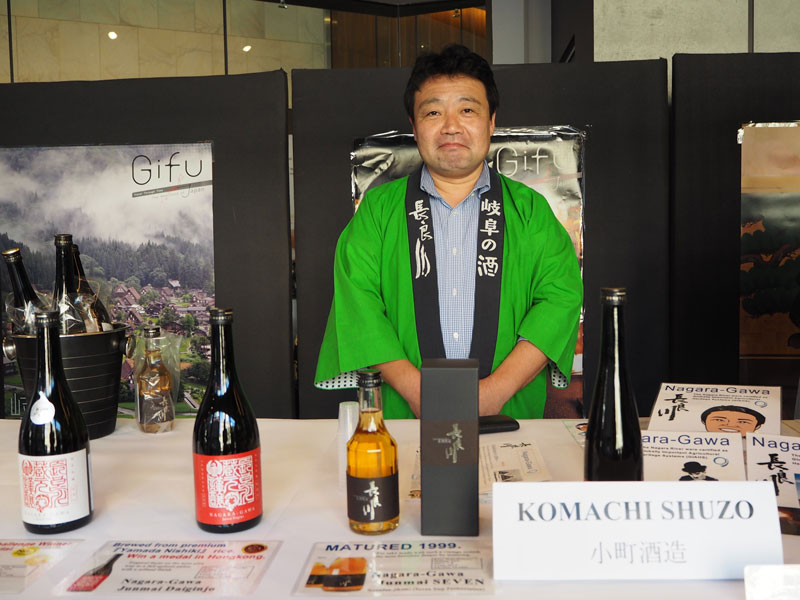
Our fourth brewery is Nagara-gawa by Komachi Shuzo with the legendary Toji (brewer) Mr. Naofumi Kanetake taking us through their range.
Komachi Shuzo (Nagara-gawa is the main brand from the brewery and the one being represented) was established in 1894 in Kakamigahara city and has been doing some unusual things in its production since; namely that Mr. Kanetake plays soothing music (mostly by Tomio Miyashita) during fermentation, the idea being both to relax the workers and to allow for the yeast, a living organism to better ferment.
Mr. Kanetake also pointed out their Koshu (aged sake) from 1999, another incredibly unusual feat as Koshu even in Japan is a rarity; Mr. Kanetake went to explain that it is seen as expensive in Japan and is currently not very popular but even so because of the complex nature and unique flavour the brewery have been making Koshu for over 30 years now.
Komachi brewery is open to visitors but sadly due to their small size do not currently offer English guides; they are however available to purchase in Australia exclusively from premier saké seller Sakeshop.
Nagara-gawa 1999 Koshu :
Nose: lots of umami, mushrooms, fruity saké notes hinting acidity.
Palate: thick and oily; almost like an incredibly light whisky. There’s plenty of umami and fine acidity cuts through the intensity.
Miwa Shuzo
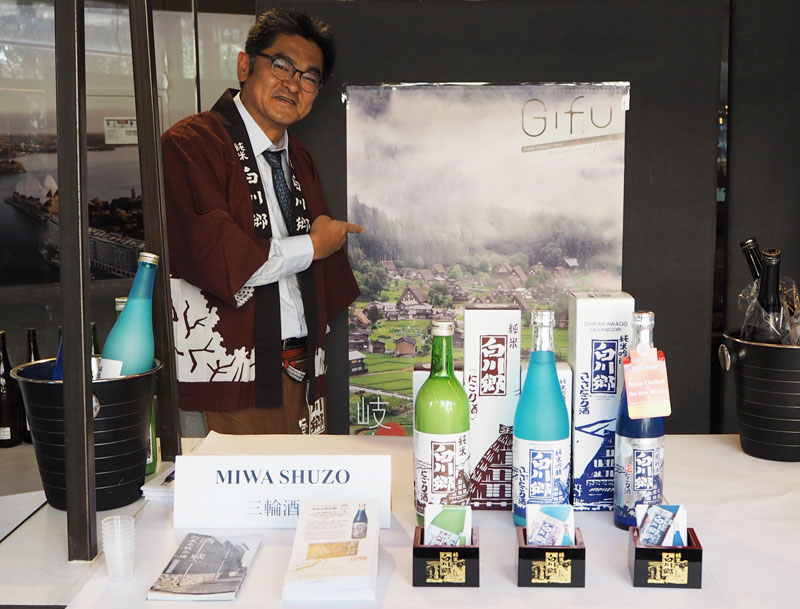
Our final guest representing Miwa Shuzo is owner Mr. Kenjo Miwa.
Miwa Shuzo established in 1837 in Ogaki City is unique in having 90% of their production dedicated to Nigori, something they started over 40 years ago but is only recently becoming more popular as a style.
Miwa Shuzo’s focus on Nigori originally started when the mayor of Shirakawa village asked the 6th Toji if he could create a cloudy saké that could be drunk at any time of the year, however Nigori saké at the time was not allowed to be sold under Japans liquor tax laws; it is only through determined negotiations and lobbying that the tax board relented and allowed Nigori sales. In celebration Shirakawa village authorised the name of their village for use as the brand for Miwa Shuzo’s Nigori saké.
Shirakawa Junmai Ginjo Nigori:
The most popular Nigori in Japan.
Nose: lactic, rice porridge.
Palate: again lots of lactic notes, quite a rich texture with a pleasant sweet finish. Miwa shuzo do offer tours but not with English guides (they hope to in the near future) but thankfully their saké is available from Sydney’s Tokyo Mart and select retailors through distributor Jun Pacific.
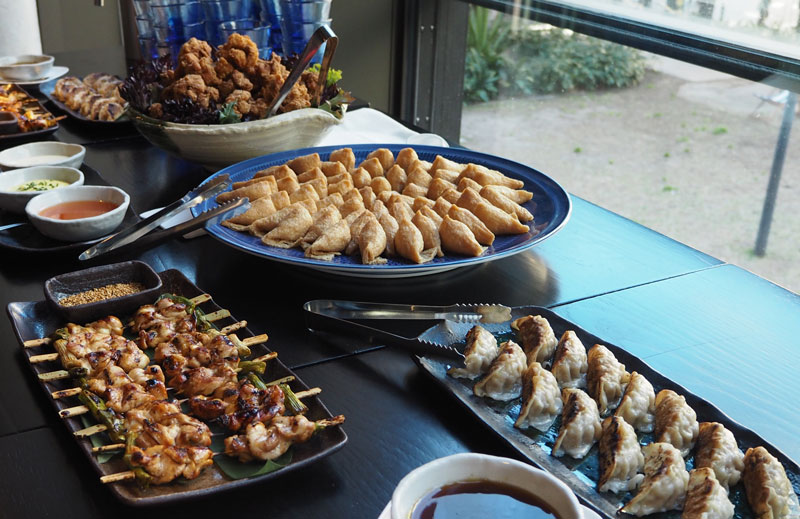
At this point we must thank our venue, the amazing Tokyo Laundry in Circular Quay, they very kindly let us use their restaurant and presented what was without exaggeration the best range of snacks to go with the incredible saké being poured. The Yakitori paired incredibly well and was absolutely delicious.
We would like to once again thank all of the amazing producers for flying all the way to Australia to teach us more about their incredible products and our guests who attended and support the Australian saké scene.
We can safely say the range and quality of saké coming from Gifu Prefecture is second to none; we are especially excited to see so many producers focusing on using local ingredients like Hidahomare rice while still creating so many different styles and flavours.
Kanpai, Daniel
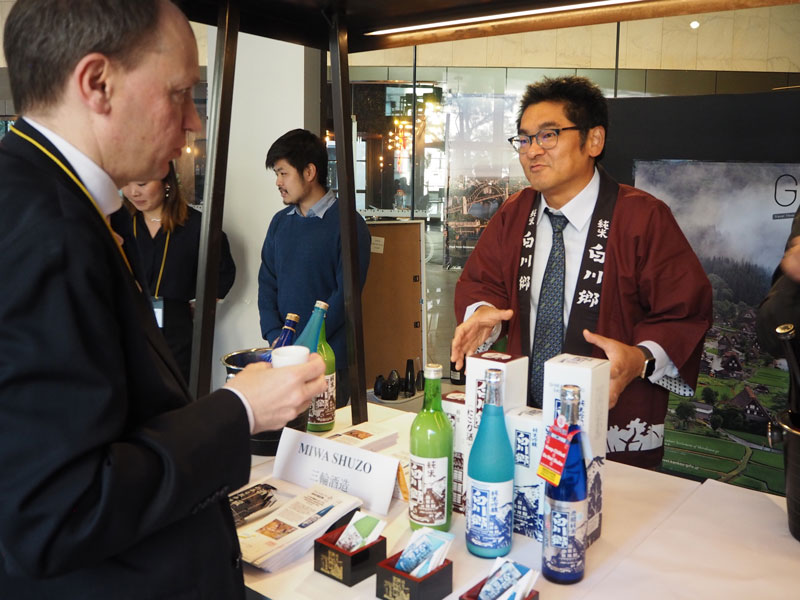
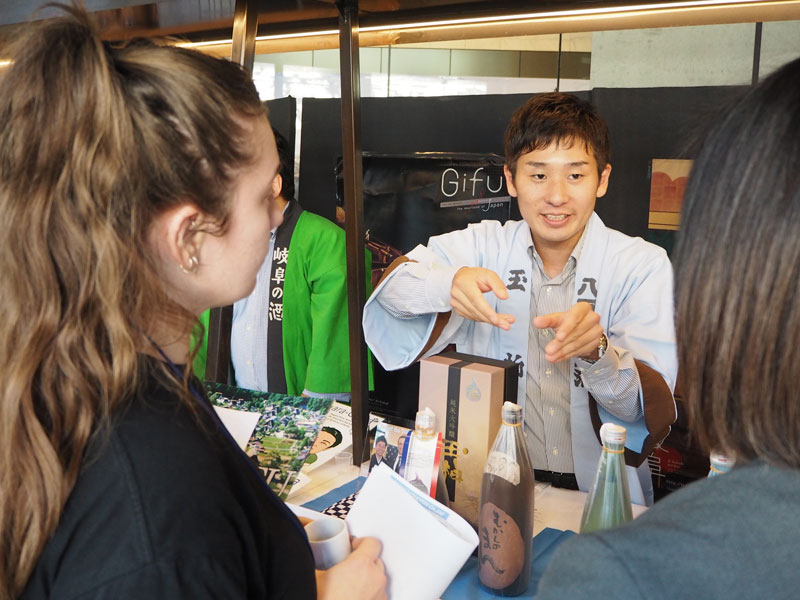
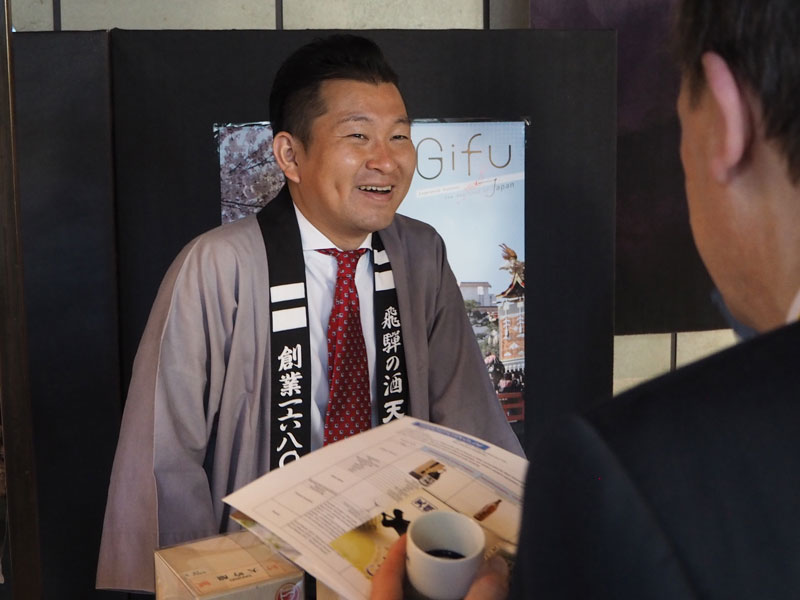
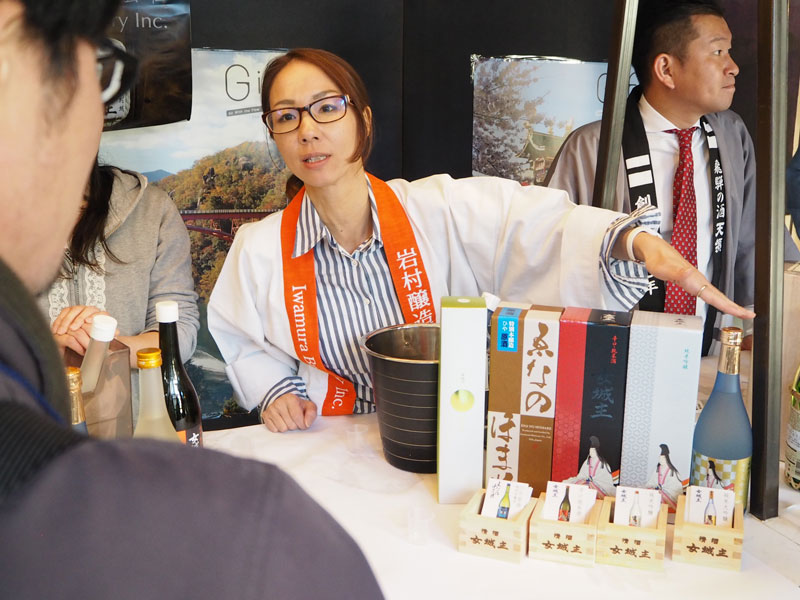
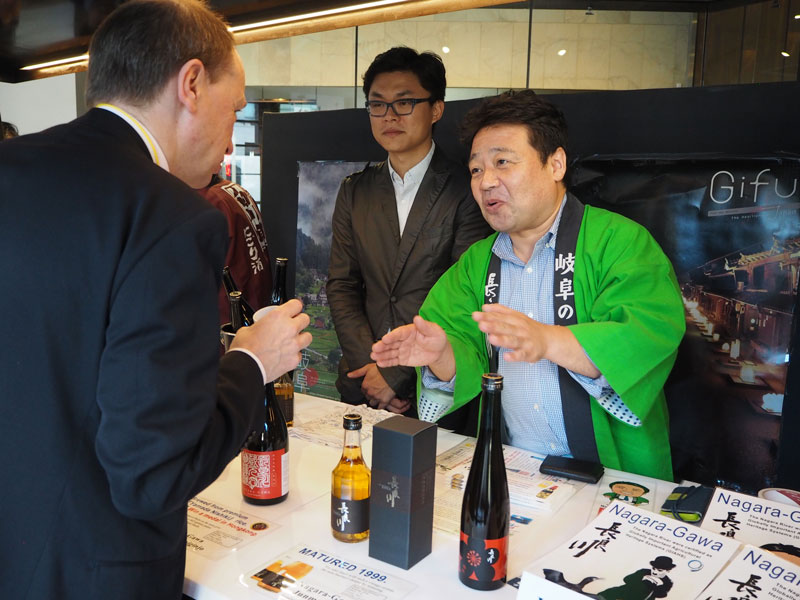
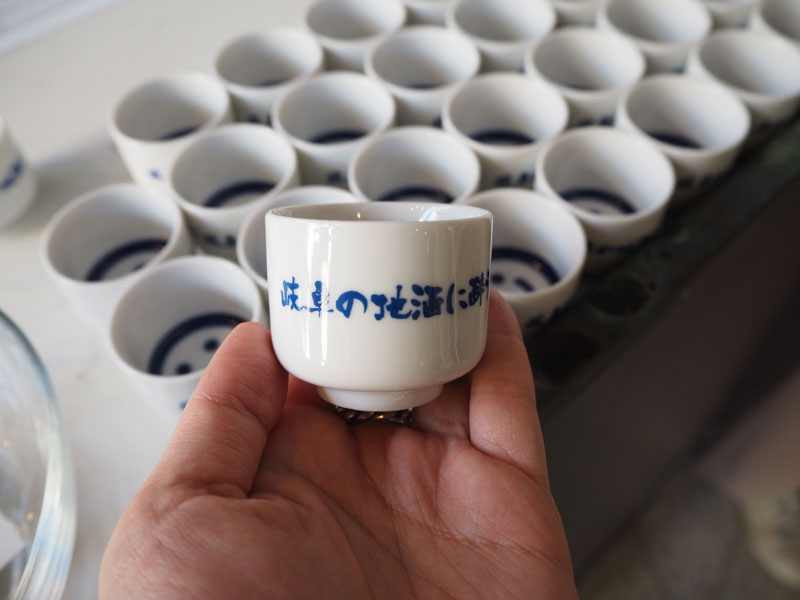
All images ©️Sake News

